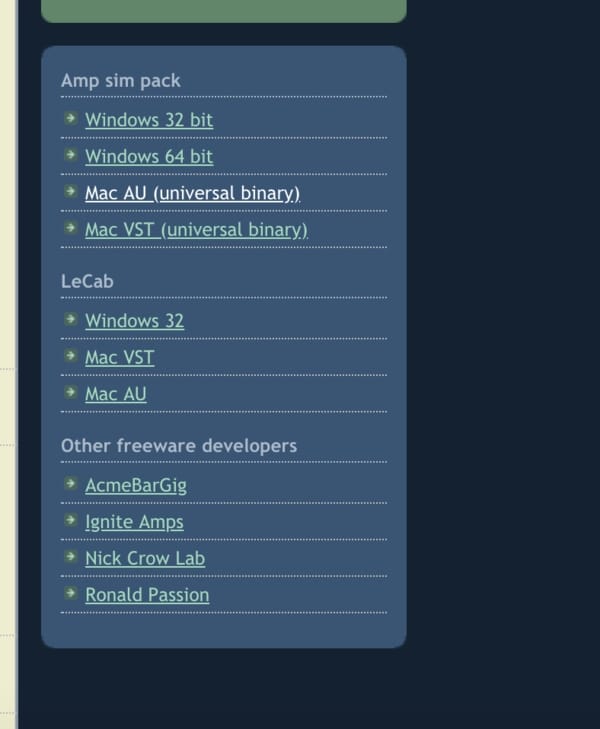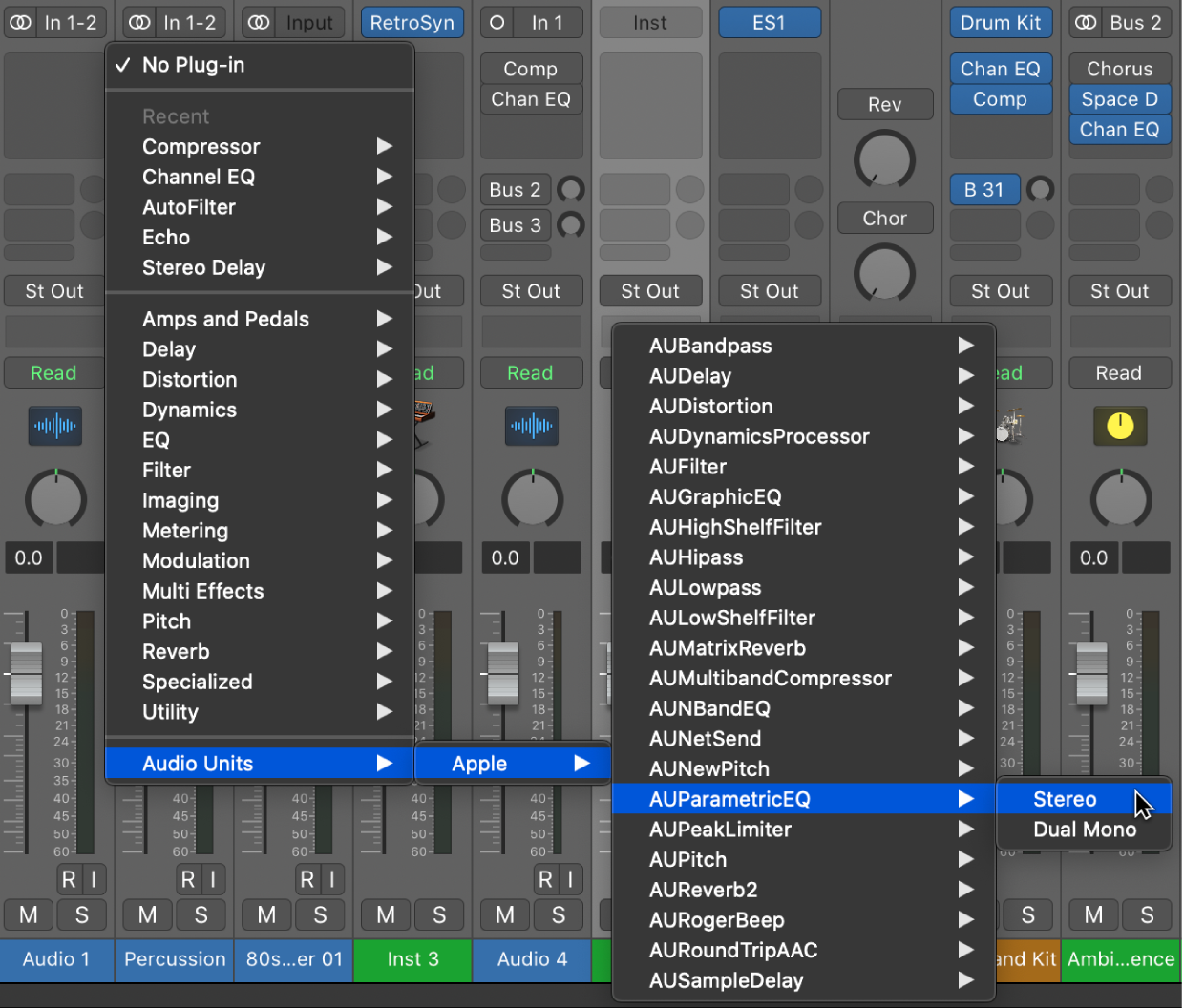Rogue Amoeba – Audio Hijack Overlook. One helpful tool built into macOS is a pair of Audio Units (AU’s), Apple’s AUNetSend and AUNetReceive. As the pair of names implies, the pair is comprised of an Audio Sender, and an Audio Receiver. Both the Sender and the Receiver require an Audio Unit Host. An excellent free option is Hosting AU. Live on Mac supports both the Audio Unit (AU) and VST2 and VST3 (10.1 and later) formats. Which format you choose to use is up to you, bearing in mind the following tips: If sharing projects with Windows users, it's better to use VST. Audio plugins,Free plugins for Logic Pro X,Free music software,free audio app and free plug-in downloads,free VST/AU plugins for your PC or Mac,32/64-bit, Freeware. Free Piano comes with Staccato and Auto Sustain Instruments presets. 3 layers of Sounds Piano+ Strings+Pad with Gain controllers. Velocity sensitive and Round Robing Sampling. The Piano has been recorded with 4 Mic pos. ADSR, Low Pass Filter, Tuning, Reverb, Amp and Level Meter. 100% Free Sample based multi platform VST, VST3, Mac and AU Plugins.

Garageband makes it really easy to get in there and easily set up virtual instruments that come built-in. However, if you're going in to Garageband with the intention of using a third-party plug-in, you might be scratching your head at first.

This Tutorial will show you how to easily set up a third party audio unit plug-ins (AU .component).
Mcafee
How to add an Audio Unit (Instrument)
Get started with Logic Pro software instrument tracks
Mac Free Antivirus Download
If you have a USB or MIDI keyboard (or another type of MIDI controller) connected to your computer, you can play and record software instruments. Logic Pro features a complete library of professional-quality software instruments, including synthesizers and other keyboards, guitars, drums, world instruments, and more.
A patch contains the instrument, effects, and routing settings that control the sound of the track. You can change the sound of a software instrument track by choosing a different patch from the Library. In the Library, you can also audition patches to find the one you want to use.
You record a software instrument on a software instrument track in the Tracks area. The recording appears as a MIDI region on the selected software instrument track. You can arrange MIDI regions in the Tracks area, and edit them in the Piano Roll Editor and other editors.
Mac Audio Input


Logic Pro includes a metronome, which plays a steady beat to help you play in time while recording. You can have the metronome play as you record, or play only a one-bar count-in before recording starts.
Audio Units Mac Free Software
Select a software instrument track, then play notes on your music keyboard.
If your music keyboard has pitch bend and modulation wheels, move them as you play, to see how the sound changes. If your music keyboard has other controls, such as faders, knobs, or drum pads, try using them as well.
In the Logic Pro toolbar, click the Add Tracks button .
Click the Software Instrument & MIDI icon (the keyboard) at the top of the New Tracks dialog.
If necessary, click the Details triangle to open the bottom of the dialog.
Make sure that “A Software Instrument” appears on the pop-up menu on the left, and “Output 1-2” appears on the Output pop-up menu on the right.
Make sure the Open Library checkbox is selected.
Click Create.
The new track appears in the Tracks area, and the Library opens on the left.
In the Library, click a category on the left, then click a patch name on the right.
You can audition software instrument patches by clicking them in the Library, then playing your music keyboard, to find the one you want to use. For more information about choosing patches, see Logic Pro patches overview.
Select the software instrument track you want to record to.
Move the playhead to the point where you want to start recording.
Click the Record button in the control bar (or press R) to start recording.
After a one-bar count-in, recording starts. The recording appears as a new software instrument region on the track as you record.
Click the Stop button in the control bar (or press the Space bar) to stop recording.